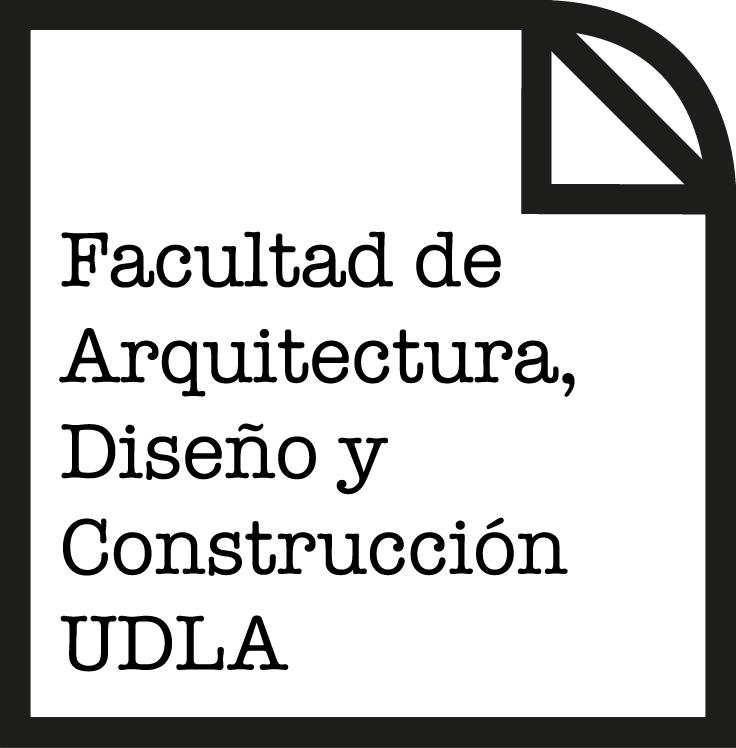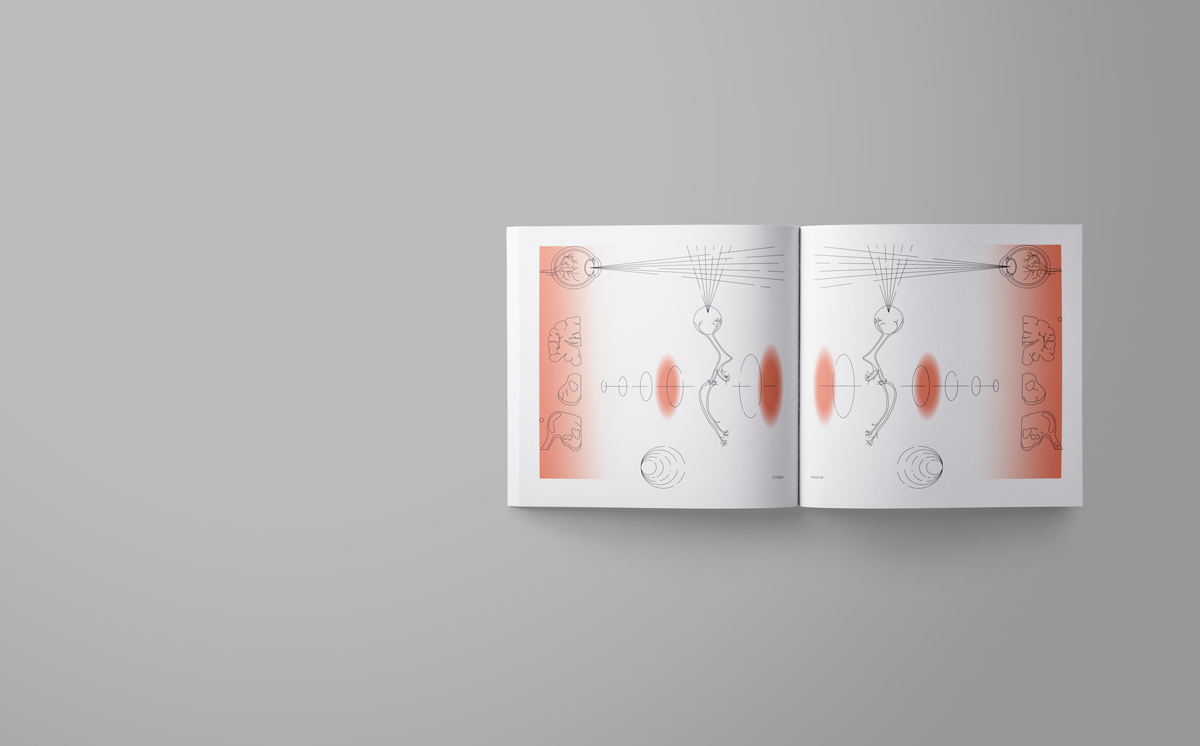RIOS VOLADORES
La noción de circuito implica la circulación de un flujo en un recorrido que se fija y que termina donde comienza. Proponer una noción expandida de circuito implica considerar que las repercusiones de esta circulación van más allá del circuito en sí, activando nuevos flujos y excediendo el diseño y la materialidad del recorrido original.
Por ejemplo, tendemos a pensar el flujo de un río como el agua que circula con fuerza por un cauce y sus bifurcaciones, sin considerar las precipitaciones que originan su caudal, el mar donde desemboca, o las partículas que se evaporan y que forman las nubes que luego generan la lluvia que cae de vuelta a la superficie terrestre. Tampoco consideramos los diversos minerales que circulan en el agua, o la funga, flora y fauna que viven en o gracias a éste.
Los ríos voladores del Amazonas son flujos de vapor de agua alimentados por la evapotranspiración de la selva amazónica, los que se trasladan por el aire desde el océano Atlántico hasta Los Andes. Ellos manifiestan una interconexión simbiótica de la naturaleza: una selva que se asienta, es, genera y distribuye un rio bajo y sobre ella. Un circuito que trasciende su flujo, recorrido y materialidad.
REMEDIAR LO VISIBLE Y LO AUDIBLE
La noción de remediación transita entre la posibilidad de traspasar algo de un medio a otro y la posibilidad de dar remedio. En la primera, lo traspasado conserva cualidades que permiten una correspondencia entre una versión con otra, como por ejemplo entre una pintura y su fotografía, o entre una receta de cocina y la comida preparada.
Una descarga eléctrica en la atmósfera se vuelve visible como un rayo. Pocos segundos después, se vuelve audible mediante un estruendoso trueno. Sus distintas repercusiones viajan por el aire a dos velocidades diferentes: la de la luz y la del sonido. El rayo esconde su sonoridad y el trueno su visibilidad, aunque ambos se hayan producido simultáneamente.
Lo visible y lo audible se pueden remediar y almacenar en diferentes medios tecnológicos, permitiendo su posterior reproducción, y conservando características similares a las originales. Lo visible y lo audible también pueden ser transmitidos a una máquina que capte las ondas que los generan. Así, la onda de choque producida por una descarga eléctrica y percibida como una experiencia sonora, puede remediarse como la inscripción de su vibración, en la forma del microsurco dibujado por una aguja sobre la superficie de un disco de policloruro de vinilo, siendo así almacenada en forma análoga. Estos microsurcos en espiral son casi imperceptibles al ojo humano, revelándose como sonido al hacer vibrar la aguja que los recorre y en la transmisión de esta vibración a un campo electromagnético. El recorrido de la aguja remedia las inscripciones materiales como electricidad audible.
En la cultura shipibo, el kené llama al tacto para activar su sonoridad. Este diseño dibujado o bordado revela patrones geométricos que operan como códigos a los que se accede mediante la ingesta del brebaje de plantas maestras, tales como la ayahuasca y la chacruna, y se expresa como un canto que sana la enfermedad. Un canto capaz de remediar.
SELVA SINTÉTICA
La selva interpela nuestros sentidos mediante una invitación a incorporarnos al entorno y permitir que este nos incorpore. La experiencia de la selva es húmeda y envolvente. Implica estar rodeado de capas sobre capas. Follajes, lianas y troncos impiden ver el horizonte. Así, la saturación visual de la selva no nos deja ver más allá, haciéndonos volver la mirada al entorno próximo y a nuestro presente. Los sonidos se cruzan unos con otros, sobrepoblando el ambiente de seres que nos rodean y nos perciben, aunque no los identifiquemos del todo.
Aunque caótica, esta saturación aloja certezas que solo pueden lograrse mediante la interpretación consciente de lo que nos rodea. Por ejemplo, podemos distinguir la simetría como patrón de composición visual. Hojas, flores, frutos, insectos, peces, reptiles, aves y mamíferos –incluyéndonos– muestran corporalidades organizadas mediante simetría bilateral o radial. También, podemos observarla en los reflejos que forman los ríos. Así también podemos distinguir que, sonoramente, la saturación de capas con diferentes frecuencias se organiza mediante patrones de repetición, que permanecen, se detienen, se suavizan e intensifican.
La palabra síntesis proviene del griego synthesis que significa composición, es decir, el resultado de una reunión de partes o elementos. Componer, implica organizar en base a trazados o diagramas, los que no son figurativos, sino que operan al margen de la semejanza. De esta forma, la síntesis puede considerarse un proceso de remediación que implica atender a la manera en que la suma de ciertos elementos conforma un todo. Esta noción de síntesis permite abordarla como la posibilidad de replicar una parte de algo mediante la identificación y remediación de patrones. Patrones entendidos como códigos que almacenan la información suficiente para fabricar, a partir de la reunión de otras partes o elementos, algo que resulte similar a los sentidos.
Así, la síntesis se obtiene a partir de la comprensión diagramática de los patrones perceptibles, imperceptibles y codificados, que posibilitan cada composición. Esto implica que, de un original, se extrae el código que constituye una cualidad específica, para generar una versión que replique sus patrones y permita obtener una reproducción sintética, como por ejemplo, un concepto que sintetiza ideas complejas, o el compuesto químico que reproduce un sabor en forma sintética.
Esta relación de referencialidad entre el original y su síntesis, es la que media entre un registro de audio realizado en un entorno selvático, y el audio de estas pistas que, mediante sintetizadores, teclados y un poncho sonoro sensible al tacto –es decir, un oscilador eléctrico en forma de manto–buscan sintetizar la sonoridad de la selva. En este sentido, las composiciones inscritas en este disco proponen la posibilidad de una experiencia de selva sintética como resultado de la remediación de la experiencia de la selva, no como la captura para la reproducción de sus ondas sonoras a modo de registro, sino como la síntesis de su sonoridad utilizando lo que concebimos como los patrones que la componen.
—
FLYING RIVERS
The concept of a circuit entails the movement of a flow along a predetermined path, returning to its starting point. Introducing an expanded concept of a circuit involves recognizing that the consequences of this movement extend beyond the circuit itself, activating new currents and surpassing the initial route’s design and materiality.
For instance, we often perceive a river’s flow as the water that moves vigorously through its bed and tributaries, overlooking the rains that initiate its flow, the ocean into which it eventually merges, or the particles that evaporate and create clouds, leading to subsequent rainfall onto the Earth’s surface. Furthermore, we fail to consider the assorted minerals carried within the water, as well as the fungi, flora, and fauna that inhabit it or rely on it.
The flying rivers of the Amazon are vaporous water currents driven by the evapotranspiration of the Amazon rainforest. These currents traverse the atmosphere from the Atlantic Ocean to the Andes Mountains. They illustrate a symbiotic interconnection within nature: a rainforest that establishes, exists, generates, and disseminates a river, both below and above its surface. A circuit that goes beyond the river’s flow, path, and materiality.
REMEDIATING THE VISIBLE AND THE AUDIBLE
The concept of remediation involves the potential to transfer something from one medium to another and the capacity to offer a remedy. In the former, the transferred element retains qualities that facilitate a correspondence between different versions. This is evident, for example, in the relationship between a painting and its photograph, or a cooking recipe and the resulting prepared meal.
An electrical discharge in the atmosphere becomes visible as a lightning bolt. Shortly thereafter, it becomes audible through a resounding clap of thunder. These distinct effects travel through the air at different speeds: that of light and that of sound. The sound of lightning remains concealed, just as the visibility of thunder does, even though both events unfold simultaneously.
The visible and the audible can be remediated and preserved using various technological media, enabling subsequent replication while maintaining qualities akin to the originals. The visible and the audible can also be conveyed to a machine designed to capture the waves they generate. Consequently, the shockwave resulting from an electrical discharge, perceived as a sonorous encounter, can be remediated through the recording of its vibrations onto the surface of a vinyl polychloride disc, etched into microgrooves by a stylus. This recording is stored in analogue form. These delicate spiral microgrooves are almost imperceptible to the human eye, only revealing themselves as sound when the stylus’s vibrations traverse them, transmitting this motion into an electromagnetic field. The journey of the stylus thus remediates the material inscriptions into audible electricity.
In Shipibo culture, the kené employs touch to awaken its sound. This design, whether drawn or embroidered, unveils geometric patterns that serve as codes, accessible through the consumption of brews derived from master plants like ayahuasca and chacruna. Subsequently, these patterns are transformed into a curative song, a chant capable of remedying.
SYNTHETIC JUNGLE
The jungle engages our senses, inviting us to blend into the environment and allowing it to blend into us. The jungle experience is both humid and immersive, enveloping us in layers upon layers. Foliage, vines, and trunks obscure our view of the horizon. Consequently, the visual saturation of the jungle restricts our vision, focusing our attention on the immediate surroundings and the present moment. Sounds intertwine, filling the environment with creatures that encircle us and sense our presence, even if we’re unable to fully identify them.
Despite its chaos, this saturation carries certainties that can only be grasped through a deliberate interpretation of our environment. For instance, symmetry emerges as a discernible pattern in visual composition. Leaves, flowers, fruits, insects, fish, reptiles, birds, and mammals – ourselves included – showcase structured forms through bilateral or radial symmetry. Furthermore, we can witness this in the reflections created by the rivers. Similarly, we can also identify that, in terms of sound, the saturation of layers with varying frequencies is structured by patterns of repetition that linger, pause, soften, and intensify.
The Greek term «synthesis» means composition: the outcome of combining various parts or elements. To compose entails arranging based on outlines or diagrams, which aren’t representative but transcend resemblance. In this manner, synthesis can be viewed as a remediation process that involves contemplating how the amalgamation of specific elements gives rise to a whole. This notion of synthesis enables us to approach it as the potential to replicate a portion of something by recognizing and remediating patterns. These patterns are understood as codes that contain adequate information to construct, through the assembly of other parts or elements, something akin to our sensory perceptions.
Therefore, synthesis is achieved by comprehending the diagrammatic patterns that are perceptible, imperceptible, and encoded, which facilitate every composition. This suggests that, from an original, the code that forms a particular trait is extracted to produce a version that duplicates its patterns, enabling synthetic replication. For instance, a concept that amalgamates intricate ideas or a chemical compound that mimics a taste in a synthetic manner.
This referential connection between the original and its synthesis acts as an intermediary for an audio recording captured within a jungle environment and the audio presented in these tracks. Achieved through the use of synthesizers, keyboards, and a touch-sensitive sonorous poncho – an electric oscillator in the form of a cloak – the intention is to recreate the auditory environment of the jungle. In this context, the compositions etched onto this record propose the possibility of a synthetic jungle experience, arising from the process of remediating the jungle experience. A proposal that is not grounded in field recordings of the jungle, recording but rather in synthesizing its auditory essence using what we understand as the underlying patterns that shape it.








